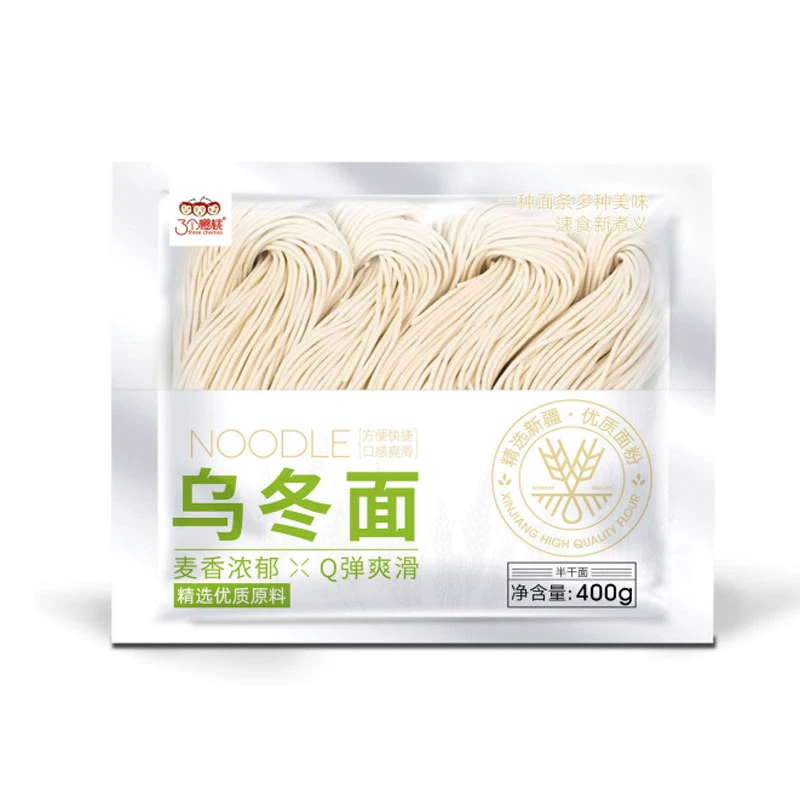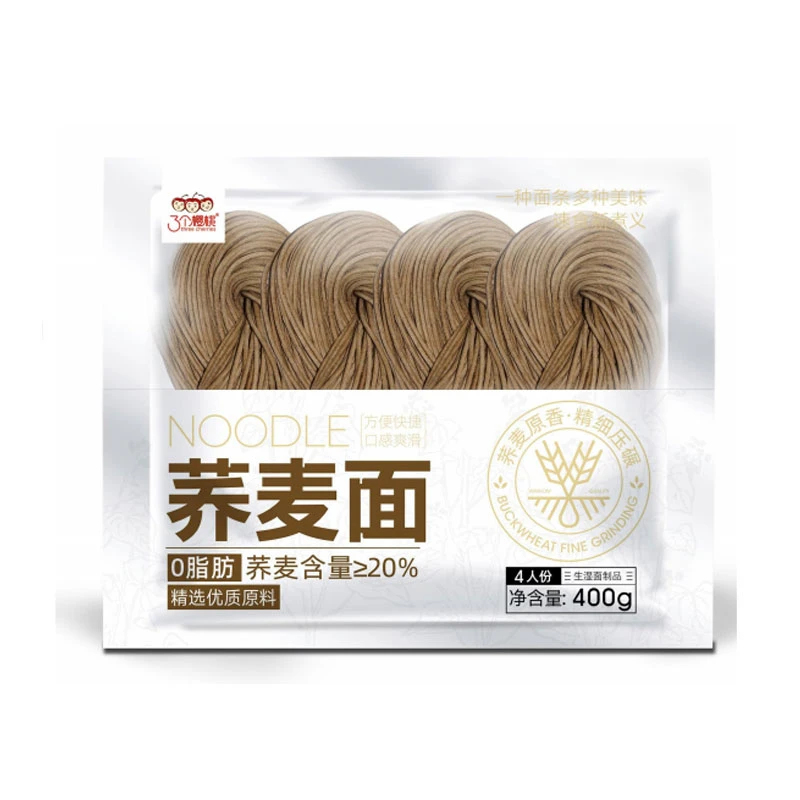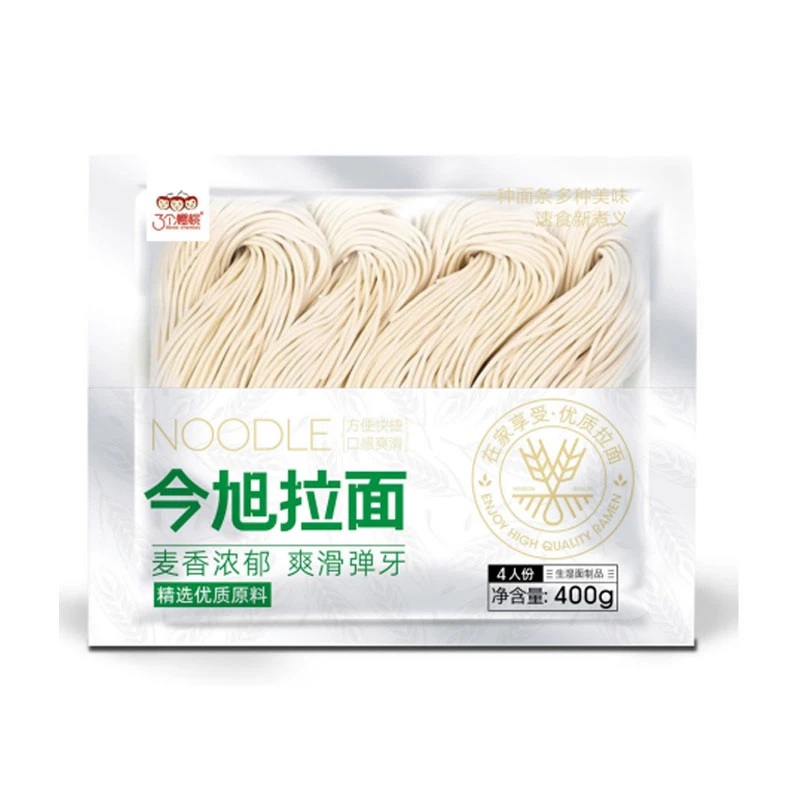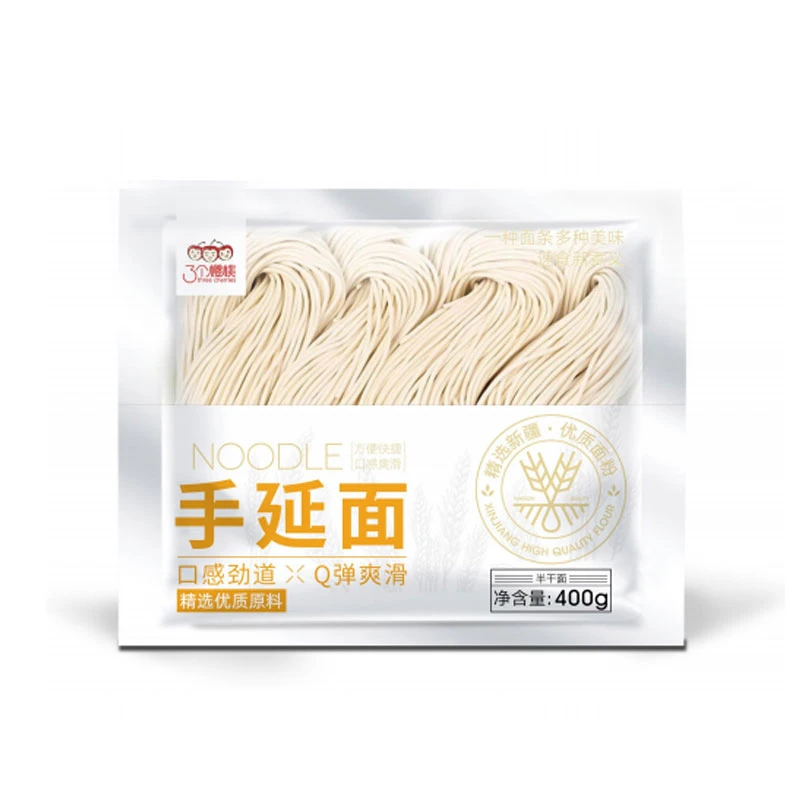Premium Buckwheat Noodles: Healthy Soba, All Types & Diabetic.
The Strategic Advantage of Advanced Buckwheat Noodle Production in B2B Supply Chains
In the evolving landscape of global food manufacturing and distribution, the demand for nutritionally superior and functional food products is escalating. Central to this trend are buckwheat noodles, commonly known as soba. These versatile noodles, celebrated for their unique flavor profile and significant health benefits, are transitioning from niche ethnic markets to mainstream consumer segments, driven by a global shift towards healthier dietary choices. Our focus here is on the technical intricacies, market dynamics, and strategic benefits of integrating high-quality buckwheat noodle products into B2B operations, particularly our specialized Low GI70 soba. The rising prevalence of health-conscious consumers, including those managing conditions like diabetes, underscores the importance of products often referred to as diabetic noodles, which maintain culinary appeal while delivering specific nutritional advantages.
Understanding the diverse soba noodles types available is crucial for B2B procurement. From traditional 100% buckwheat varieties (Juwari Soba) to those blended with wheat flour (Hachiwari Soba), each type offers distinct textural and flavor characteristics. This article delves into the precise manufacturing processes, quality assurance protocols, and application-specific advantages that position advanced buckwheat noodle products as a pivotal component for food service providers, retailers, and co-packers aiming for differentiation and market leadership.
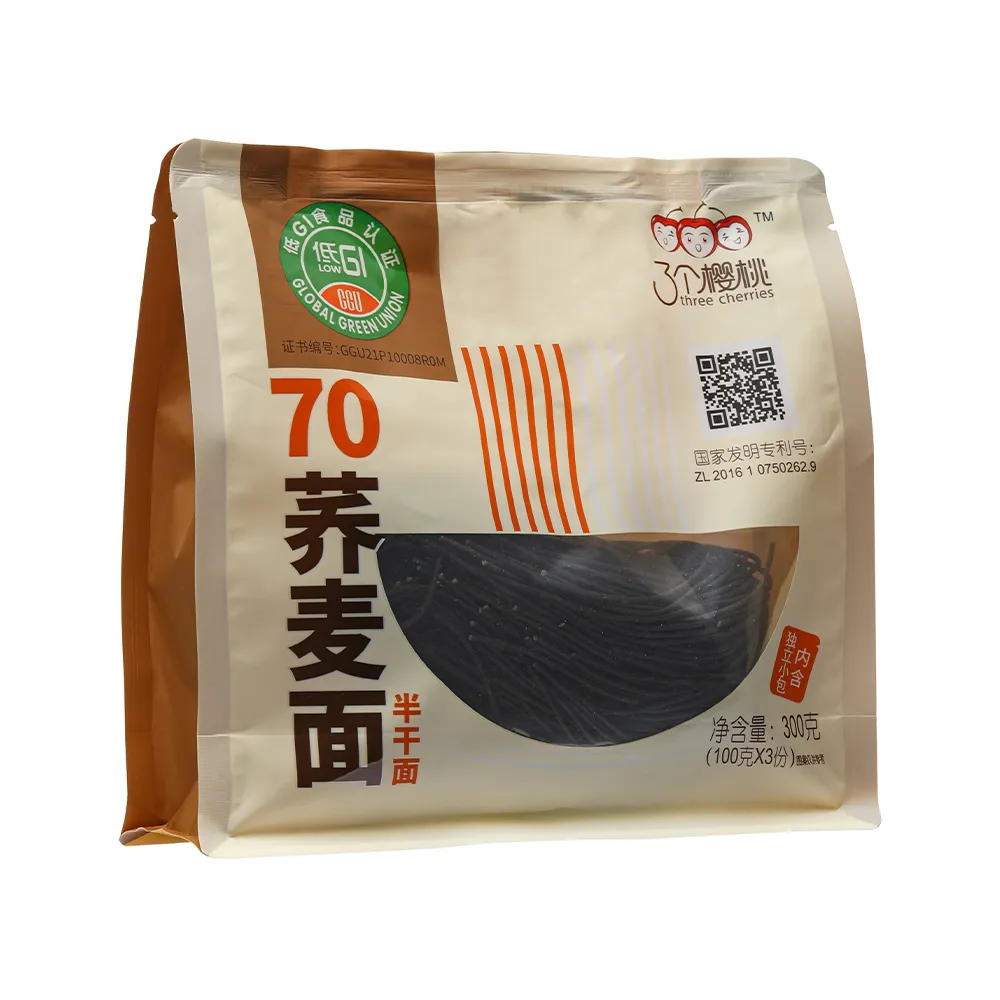
Figure 1: Premium Buckwheat Noodle (Soba) Raw Materials.
Precision Manufacturing: The Buckwheat Noodle Process Flow
The production of high-quality buckwheat noodles is a sophisticated industrial process demanding stringent control over raw material selection, processing parameters, and quality verification. Our manufacturing methodology adheres to international standards such as ISO 22000 and HACCP, ensuring product safety, consistency, and traceability from farm to fork.
- Raw Material Sourcing & Inspection: Premium quality buckwheat flour, often blended with specific wheat flours for desired texture (e.g., for our Low GI70 Soba to ensure optimal elasticity and GI profile), is rigorously inspected upon arrival. Key parameters include moisture content, protein content, ash content, and particle size distribution. Water quality is also critical, typically reverse osmosis filtered and deionized.
- Mixing & Kneading (Dough Preparation): Precise ratios of buckwheat flour, wheat flour, water, and sometimes salt are mixed in industrial blenders. This stage is critical for hydration and gluten development (when wheat flour is present). Modern systems utilize vacuum mixers to prevent oxidation and ensure a denser, more uniform dough. Rheological properties of the dough are constantly monitored to achieve the desired dough consistency for extrusion.
- Extrusion & Sheeting: The prepared dough is fed into high-precision extruders. For semi-dry noodles, this involves a sheeting and cutting process where the dough is progressively thinned through a series of rollers before being cut into consistent strands. Advanced systems employ dies optimized for uniform noodle thickness and shape, critical for even cooking and texture. Temperature control during extrusion prevents starch damage and ensures structural integrity.
- Steaming/Boiling (Pre-cooking): Depending on the desired noodle type, our noodles undergo a controlled steaming or brief boiling process. This initiates starch gelatinization, which is crucial for locking in texture, improving mouthfeel, and reducing cooking time for the end-user. For semi-dry noodles, this pre-cooking is carefully controlled to achieve a specific degree of gelatinization and moisture content.
- Cooling & Separation: Post-cooking, noodles are rapidly cooled, often using chilled air or water baths, to halt further gelatinization and prevent sticking. Individual strands are then separated and prepared for the subsequent drying stage. This quick cooling step is vital for maintaining the desired 'al dente' texture.
- Drying (Semi-Dry or Dry): This is a critical stage influencing product shelf life and final texture. Our semi-dry noodles undergo a controlled low-temperature, low-humidity drying process. This preserves the delicate flavor and nutritional integrity of the buckwheat while extending shelf life significantly beyond fresh noodles, typically yielding a service life of 6-12 months under optimal storage. Drying curves are precisely managed to prevent cracking, maintain elasticity, and achieve a consistent target moisture content (e.g., 25-30% for semi-dry products).
- Cutting & Packaging: Dried noodles are cut to desired lengths and automatically packaged. Packaging materials are selected for their superior barrier properties (e.g., oxygen and moisture resistance) to maintain product quality and extend shelf life. Each batch undergoes final quality control checks, including weight, appearance, and absence of foreign materials, often utilizing advanced metal detectors and X-ray inspection systems.
Throughout this process, continuous monitoring and adherence to testing standards (e.g., microbial testing, physicochemical analysis, sensory evaluation) are paramount. This rigorous approach ensures that our buckwheat noodles consistently meet the high expectations of target industries such as foodservice, retail, and specialized dietary suppliers.
Technical Specifications: Low GI70 Soba - A Benchmark in Nutritional Design
Our flagship product, Low GI70 Soba, exemplifies advanced food engineering aimed at health-conscious markets. The "GI70" designation signifies its Glycemic Index (GI) value, which is meticulously controlled through proprietary formulations and processing techniques. A GI of 70 is considered moderate, offering a more gradual release of glucose compared to high-GI conventional wheat noodles, making it an excellent choice for diabetic noodles applications and general blood sugar management. This precision in glycemic control is a significant technical advantage in the functional food sector.

Figure 2: Production line for semi-dry buckwheat noodles, emphasizing consistency.
Low GI70 Soba Product Specifications
| Parameter | Specification (per 100g serving, dry) |
|---|---|
| Primary Ingredients | Buckwheat Flour, Wheat Flour, Water, Salt |
| Glycemic Index (GI) | ~70 (Moderate GI, based on in-vitro/clinical tests) |
| Protein Content | ≥10g |
| Dietary Fiber | ≥3g |
| Fat Content | ≤2g |
| Carbohydrates | ~70g |
| Moisture Content (Semi-dry) | 25-30% |
| Shelf Life | 12 months (unopened, stored in cool, dry place) |
| Packaging Options | Retail packs (200g-500g), Bulk packs (1kg-5kg) |
| Certifications | ISO 22000, HACCP, FDA Registered, GMP Compliant |
The controlled GI value is achieved through a precise blend of buckwheat and specific wheat varieties, alongside optimized hydration and extrusion profiles that manage starch retrogradation and digestion rates. This technical precision ensures that our buckwheat noodles deliver consistent performance both in terms of cooking and glycemic response, addressing a critical need for nutritionally responsible food products.
Application Scenarios and Technical Advantages
The versatility and health benefits of our buckwheat noodles make them suitable for a wide array of B2B application scenarios, catering to diverse market demands and culinary traditions.
- Food Service & Hospitality: Restaurants, catering companies, and institutional kitchens can leverage our Low GI70 Soba to offer healthier menu options that appeal to a broader customer base, including those with specific dietary requirements or health goals. Its consistent texture and quick cooking time optimize kitchen efficiency and reduce labor costs.
- Retail & Grocery Chains: As consumer awareness of health and wellness grows, stocking premium buckwheat noodles positions retailers as providers of high-value, nutritious products. The extended shelf life of our semi-dry noodles reduces waste and enhances inventory management, leading to improved profitability.
- Specialized Dietary Products: Manufacturers of health foods, meal kits, and dietary supplements can integrate our Low GI70 Soba as a core component for diabetic noodles or general low-GI meal solutions, meeting the stringent nutritional profiles required for these segments.
- International Markets: With global interest in Asian cuisine and healthy alternatives, our products are ideal for export. While traditionally associated with Japan, the term soba in chinese culinary contexts also exists, referring to certain noodle varieties, expanding potential market reach beyond specific cultural boundaries.
Key Technical Advantages:
- Optimized Glycemic Response: The controlled GI of our Low GI70 Soba supports stable blood glucose levels, a critical advantage for managing dietary health and appealing to a health-conscious consumer base.
- Enhanced Nutritional Profile: Rich in dietary fiber, protein, and essential minerals like magnesium and manganese, buckwheat contributes significantly to a balanced diet, offering a superior nutritional alternative to conventional wheat noodles.
- Superior Textural Integrity: Our advanced processing techniques ensure that the noodles maintain an ideal 'al dente' texture even after cooking, resisting mushiness—a common challenge with some noodle varieties. This is achieved through precise control of starch gelatinization during pre-cooking and drying, a key engineering triumph.
- Extended Shelf Life: The semi-dry format offers a significantly longer shelf life compared to fresh noodles, reducing food waste and increasing logistical flexibility for distributors and end-users. This translates to substantial cost savings and broader market reach for our partners.
- Consistent Product Quality: Through strict adherence to ISO and HACCP standards, every batch of our buckwheat noodles exhibits uniform quality, ensuring reliability and brand reputation for B2B partners.

Figure 3: Quality inspection of buckwheat noodle packaging.
Vendor Comparison and Market Trends in Buckwheat Noodle Sourcing
Selecting the right supplier for buckwheat noodles is a strategic decision for B2B enterprises. Factors beyond mere soba noodles cost must be rigorously evaluated, including manufacturing capabilities, quality assurance, customization options, and logistical support. The global market for health-oriented noodles is experiencing robust growth, driven by increasing consumer awareness of diet-related health issues and a preference for natural, less-processed foods.
Key Market Trends:
- Rise of Functional Foods: Consumers are actively seeking foods that offer health benefits beyond basic nutrition. Low GI products, high-fiber variants, and gluten-friendly options (though buckwheat isn't strictly gluten-free, it's often better tolerated) are in high demand across global markets.
- Clean Label Movement: A growing preference for products with simple, recognizable ingredients and minimal additives. Our commitment to natural ingredients and transparent sourcing aligns perfectly with this trend, providing a competitive edge.
- Sustainability and Ethical Sourcing: Increasingly, B2B buyers and end-consumers prioritize suppliers who demonstrate responsible sourcing practices and environmental stewardship. Our supply chain integrity is a core value.
- Global Culinary Integration: While traditionally East Asian, buckwheat noodles are being integrated into diverse cuisines globally, expanding their market appeal beyond ethnic food categories and driving innovation in recipe development.
Vendor Comparison Matrix (Illustrative):
| Feature | JX Semi-Dry Noodles (Our Company) | Competitor A (General) | Competitor B (Specialty) |
|---|---|---|---|
| Product Focus | Health-centric, Low GI, Semi-dry | Traditional dry, cost-effective | Organic, small batch, fresh |
| Certifications | ISO 22000, HACCP, FDA, GMP | Basic Food Safety | Organic, local certifications |
| Customization Capabilities | High (Recipe, Packaging, GI profile) | Limited (Packaging only) | Moderate (Ingredient swaps) |
| Lead Time (Typical) | 3-5 weeks (depending on order size) | 2-4 weeks (standard items) | 1-2 weeks (local, smaller scale) |
| Quality Consistency | Excellent (Industrial scale, rigorous QC) | Good (Volume-driven) | Variable (Artisanal production) |
| Shelf Life (Typical) | 12 months (semi-dry) | 24 months (dry) | 3 weeks (fresh) |
This comparison highlights our competitive edge in offering specialized, health-focused buckwheat noodles with robust quality assurance and significant customization potential, making us a preferred partner for enterprises seeking to innovate and meet sophisticated consumer demands.
Customized Solutions for Specialized Market Needs
Recognizing the diverse requirements of our B2B partners, we offer comprehensive customized solutions for our buckwheat noodles. Our R&D team works in close collaboration with clients to develop products that precisely align with their market strategies and consumer profiles.
- Tailored Formulations: Adjustments to the buckwheat-to-wheat flour ratio, incorporation of additional functional ingredients (e.g., specific fibers, proteins), and fine-tuning of processing parameters allow us to create unique soba noodles types with distinct textural properties, flavor profiles, and nutritional attributes (e.g., even lower GI variants or higher protein content).
- Packaging Innovation: From bulk foodservice packs to retail-ready private label solutions, we provide flexible packaging options. This includes varying weights, materials (e.g., compostable films, recyclable plastics), and branding opportunities that resonate with target demographics and market trends.
- Specific Dietary Adaptations: For clients targeting specific health segments, such as those requiring stringent diabetic noodles or gluten-reduced options, we can develop formulations and ensure cross-contamination controls (for gluten reduction claims, noting that our Low GI70 Soba contains wheat flour for texture and GI control) that meet industry standards and consumer expectations.
- Regulatory Compliance Support: Navigating international food regulations can be complex. We provide expert guidance and ensure our customized products meet the specific import requirements and labeling standards of diverse global markets, minimizing compliance risks for our partners.
Our agile manufacturing infrastructure and deep technical expertise enable us to scale from pilot batches for market testing to large-volume production, ensuring a seamless transition from concept to commercialization with consistent quality and efficiency.
Application Case Studies: Realizing Value with Low GI70 Soba
Our commitment to quality and innovation has led to successful partnerships across various B2B sectors. These case studies illustrate the tangible benefits derived from integrating our Low GI70 Soba into diverse business models.
Case Study 1: Major Health-Focused Restaurant Chain
A national restaurant chain, focused on healthy and sustainable dining, sought to expand its menu with dishes that catered to growing customer demand for low-glycemic options. Traditional noodle dishes were often high in GI, posing a challenge to their health-centric brand identity.
- Challenge: Introduce a noodle base that aligned with their low-GI philosophy without compromising taste, texture, or kitchen operational efficiency.
- Solution: We supplied our Low GI70 Soba, working closely with their culinary team to develop innovative new recipes. The semi-dry format offered consistent quality, significantly reduced preparation time, and minimized waste for their high-volume kitchens.
- Outcome: The chain successfully launched a new line of "Wellness Bowls" featuring our buckwheat noodles. Customer feedback indicated exceptionally high satisfaction with both the flavor and the perceived health benefits. Within six months, dishes using Low GI70 Soba accounted for 15% of total sales in participating locations, demonstrating strong market pull for diabetic noodles and healthier alternatives. This also boosted their brand image as an innovator in healthy dining.
Case Study 2: International Meal Kit Delivery Service
An expansive meal kit delivery service operating across North America and Europe aimed to diversify its carbohydrate offerings and appeal to health-conscious subscribers. They required a noodle product that was easy to store, had a long shelf life, and cooked quickly to integrate seamlessly into their meal kits.
- Challenge: Source a shelf-stable noodle with superior nutritional value and universal appeal that could withstand varying shipping conditions and consumer cooking abilities.
- Solution: Our semi-dry Low GI70 Soba was chosen for its excellent shelf stability (12 months), controlled GI, and robust texture that resisted overcooking. We developed customized packaging sizes that fit perfectly into their meal kit components, enhancing overall consumer convenience.
- Outcome: The meal kit service reported a 20% increase in subscription renewals linked to the introduction of healthier meal options, particularly those featuring our buckwheat noodles. The extended shelf life significantly reduced inventory shrinkage and enhanced logistical efficiency across their distribution network, positively impacting soba noodles cost management and overall operational profitability.
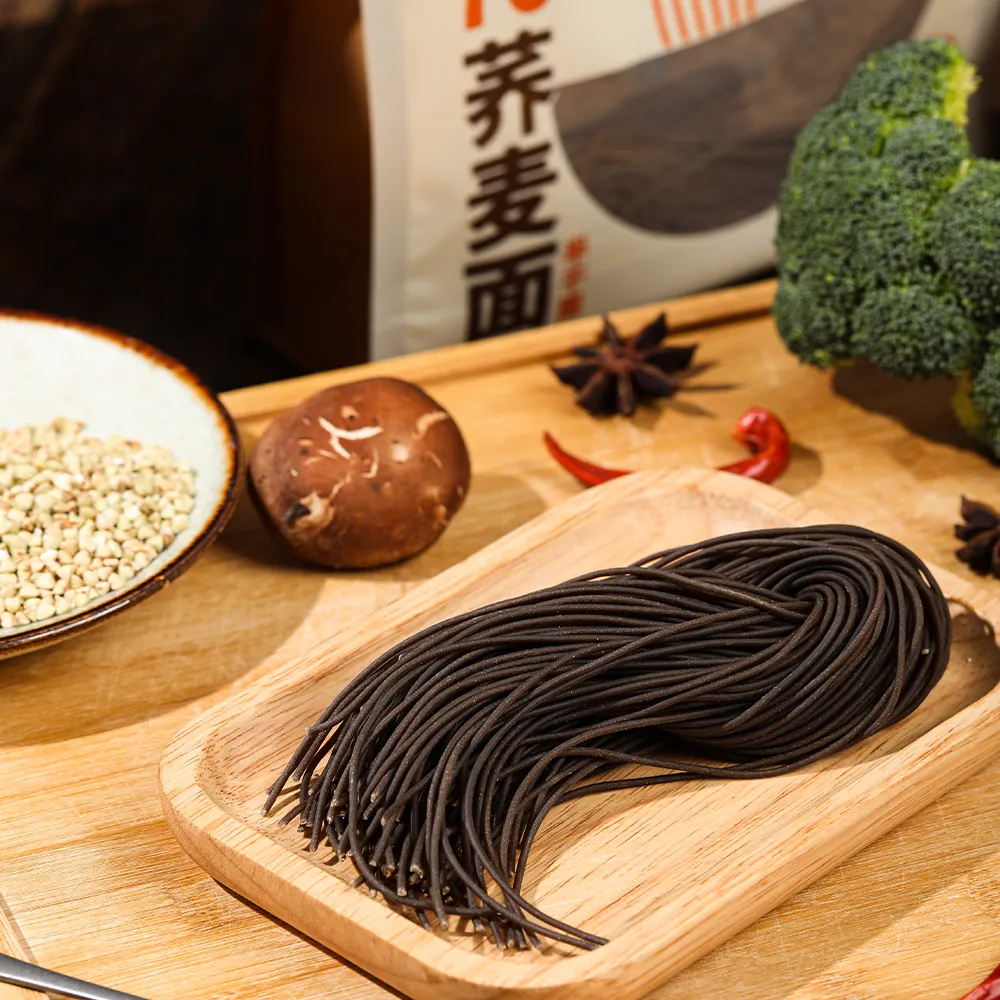
Figure 4: Prepared buckwheat noodle dish showcasing its culinary versatility.
Commitment to Trust and Support: FAQ, Fulfillment, and Warranty
Building strong, trustworthy B2B relationships is at the core of our operations. We ensure transparency in our processes, offer reliable fulfillment, and provide comprehensive support for our buckwheat noodles, fostering long-term partnerships built on confidence and mutual success.
Frequently Asked Questions (FAQ):
- Q: What is the minimum order quantity (MOQ) for your Low GI70 Soba?
- A: Our standard MOQ for Low GI70 Soba typically starts from 500kg, but this can be flexible for customized solutions or initial trial orders to support market entry. Please contact our sales team for specific details based on your requirements.
- Q: How does the Low GI70 Soba compare to regular soba in terms of cooking and texture?
- A: Our Low GI70 Soba is engineered for optimal cooking performance, offering a firm, 'al dente' texture similar to premium traditional soba. Its semi-dry format allows for quick cooking (typically 3-5 minutes) while maintaining structural integrity. The flavor profile is characteristic of high-quality buckwheat noodles, with a delicate earthy note that enhances diverse culinary applications.
- Q: Are your production facilities certified for food safety?
- A: Yes, our facilities are proudly certified with ISO 22000 and HACCP, demonstrating our commitment to international food safety management systems. We are also FDA registered and operate under Good Manufacturing Practices (GMP), ensuring the highest standards of food safety and quality control for all our soba noodles types.
- Q: Can you develop a private label product for our brand?
- A: Absolutely. We specialize in customized solutions, including private label manufacturing. Our dedicated R&D and design teams can work with you on specific formulations, packaging design, and branding to create a unique product under your own label that captures your brand's essence and market appeal.
Lead Time and Fulfillment:
Standard lead time for existing products is typically 3-5 weeks from order confirmation to dispatch, depending on order volume, product specification, and current production schedule. For customized solutions requiring specific development and approval cycles, lead times will be mutually agreed upon. We maintain robust logistics partnerships and efficient inventory management to ensure efficient and timely global delivery. Our commitment to transparent communication means partners are kept informed at every stage of their order fulfillment process.
Warranty and Quality Assurance:
We stand behind the quality of our Low GI70 Soba and all buckwheat noodles products. We offer a 12-month shelf life warranty from the date of manufacture, provided products are stored under recommended conditions (cool, dry place, unopened). Any product failing to meet our published specifications or suffering from manufacturing defects will be subject to our comprehensive quality assurance policy, including replacement or credit. Our internal quality control team conducts continuous monitoring from raw material input to final product packaging, guaranteeing adherence to industry-leading standards.
Dedicated Customer Support:
Our B2B partners benefit from dedicated account management and technical support teams. Our experts are available to assist with product inquiries, technical specifications, order processing, and comprehensive post-sales support. For immediate assistance or to discuss new project requirements, please visit our website contact page or reach out via email/phone during business hours. We believe proactive communication and responsive service are key to fostering strong, long-term partnerships and ensuring mutual success.
Conclusion
The strategic integration of advanced buckwheat noodles, particularly our specialized Low GI70 Soba, offers a significant competitive advantage for B2B enterprises in the global food market. By combining nutritional superiority, technical precision in manufacturing, and flexible customized solutions, we empower our partners to meet the evolving demands of health-conscious consumers and expand into lucrative new segments. Our unwavering commitment to quality, backed by rigorous certifications and robust support, ensures a reliable and valuable partnership for the long term, driving innovation and growth in the functional food sector.
Authoritative References
- Bhat, F.M., Singh, B., Sharma, H.K., & Wani, I.A. (2014). Buckwheat: A Functional Food and Its Health Benefits. Journal of Food Science and Technology, 51(9), 1863-1871.
- Foster-Powell, K., Holt, S.H.A., & Brand-Miller, J.C. (2002). International table of glycemic index and glycemic load values: 2002. American Journal of Clinical Nutrition, 76(1), 5-56.
- Food and Drug Administration (FDA). (Current Year). Food Safety Modernization Act (FSMA). Retrieved from fda.gov.
- International Organization for Standardization (ISO). (Current Year). ISO 22000: Food safety management systems - Requirements for any organization in the food chain. Retrieved from iso.org.
- Codex Alimentarius Commission. (Current Year). Hazard Analysis and Critical Control Point (HACCP) System and Guidelines for its Application. Retrieved from fao.org/fao-who-codexalimentarius.
-
The Wholesome Delight of Organic NoodlesNewsAug.15,2025
-
The Vibrant Delight of Spinach NoodlesNewsAug.15,2025
-
Savor the Spicy Delight of Hot Pot NoodlesNewsAug.15,2025
-
Savor the Chill with Irresistible Cold NoodlesNewsAug.15,2025
-
Indulge in the Authentic Delight of Udon NoodlesNewsAug.15,2025
-
Dive into the Delicious World of Cart NoodlesNewsAug.15,2025
-
Unlock the Delicious Potential of Yam NoodlesNewsAug.11,2025
Browse qua the following product new the we



